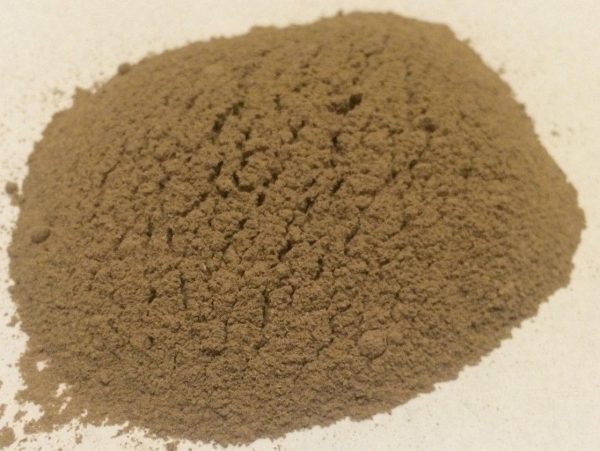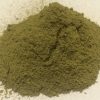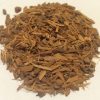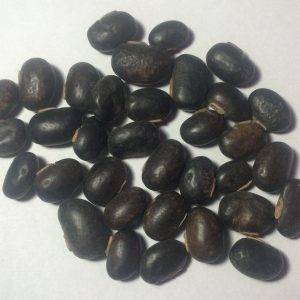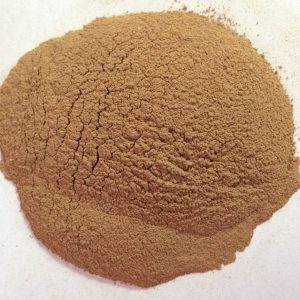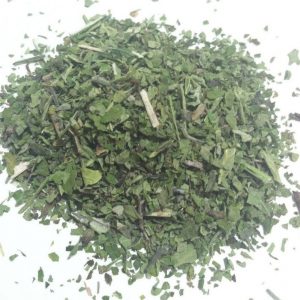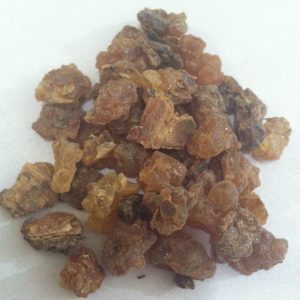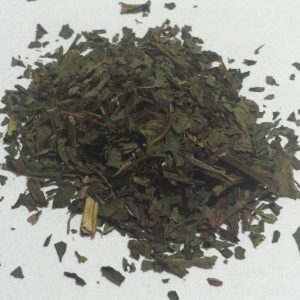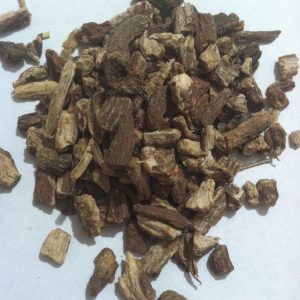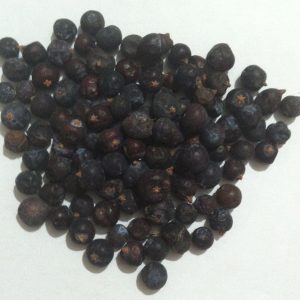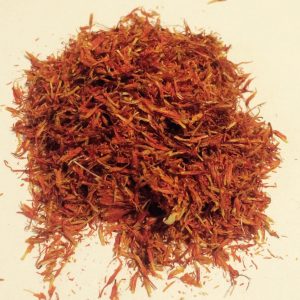Description
Common Name Standardized: witch hazel Botanical Name Hamamelis virginiana L.
Plant Family: Hamamelidaceae Overview Introduction Witch hazel is a leather-leafed deciduous shrub native to eastern United States. The bottoms of its leaves are dull gray, but the upward facing surfaces of the leaves are shiny green. Witch hazel is easy to recognize in the woods in autumn because as other trees are losing their leaves, witch hazel is covered with threadlike, golden-yellow flowers. Both the bark and the leaves are used in herbal medicine. Constituents Ascorbic acid, acetaldehyde, astragalin, beta-ionone, choline, gallic acid, hamamelidin, isoquercitrin, kaempferol, myricetin, phenol, quercitin, quercitrin, safrole, spiraeoside. Parts Used Leaf and bark. Typical Preparations Teas, tinctures, creams. Witch hazel bark water is made with alcohol, but witch hazel leaf water can be made without alcohol. Precautions Specific: No known precautions.
General: We recommend that you consult with a qualified healthcare practitioner before using herbal products, particularly if you are pregnant, nursing, or on any medications. For educational purposes only This information has not been evaluated by the Food and Drug Administration.
This information is not intended to diagnose, treat, cure, or prevent any disease.



